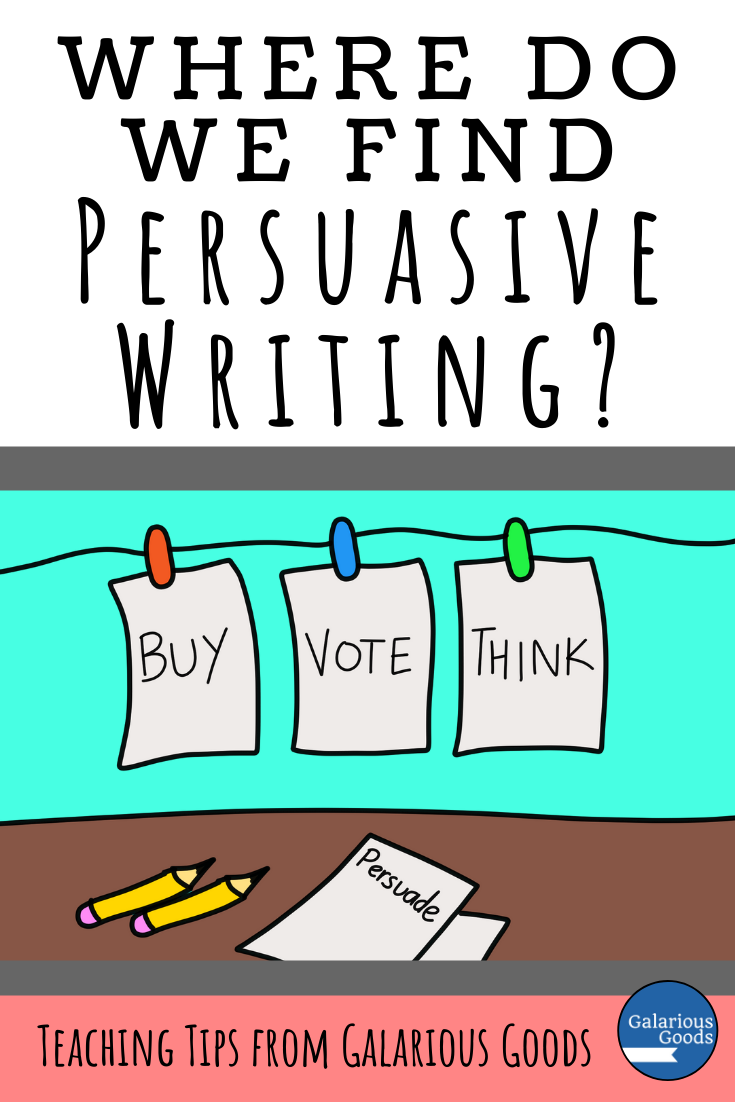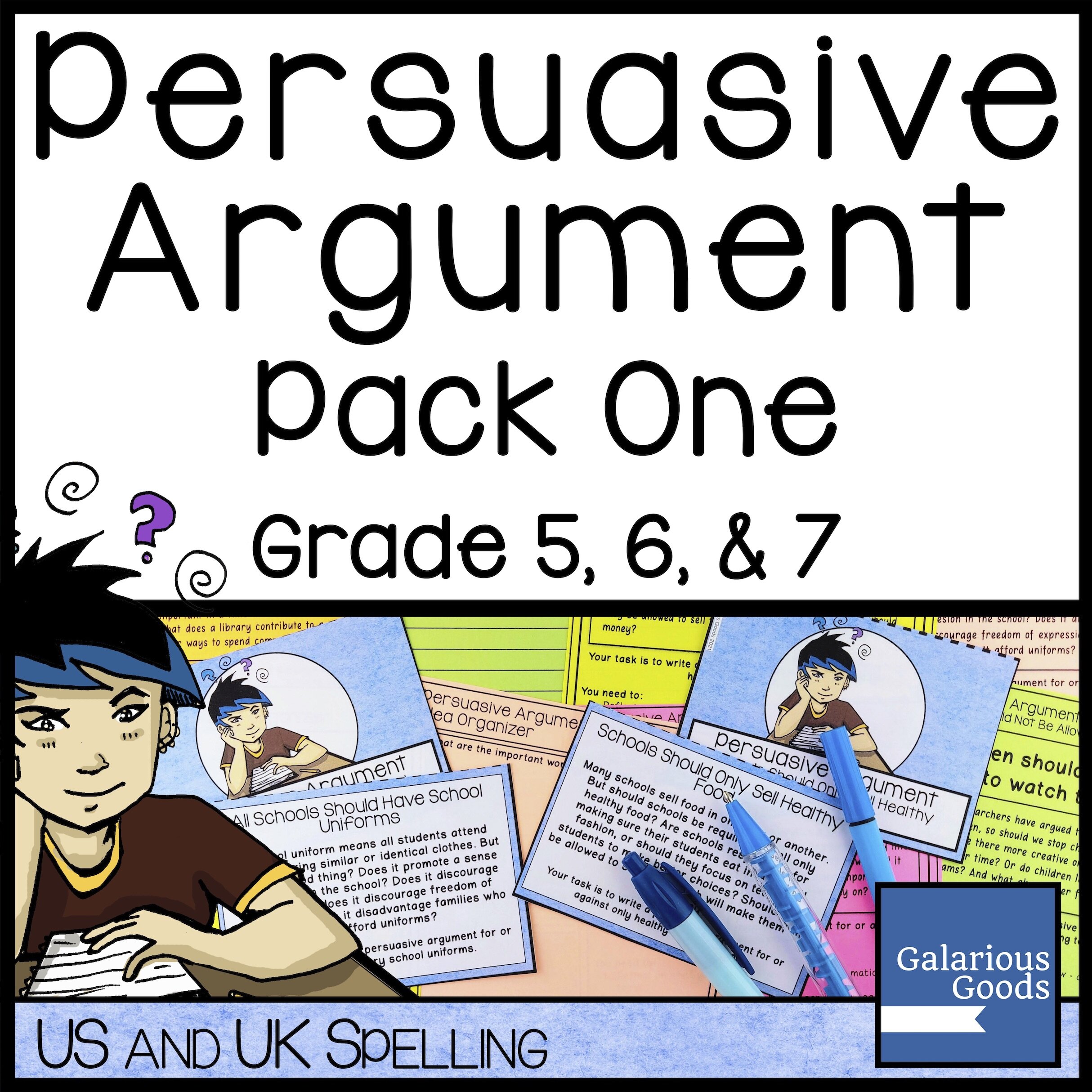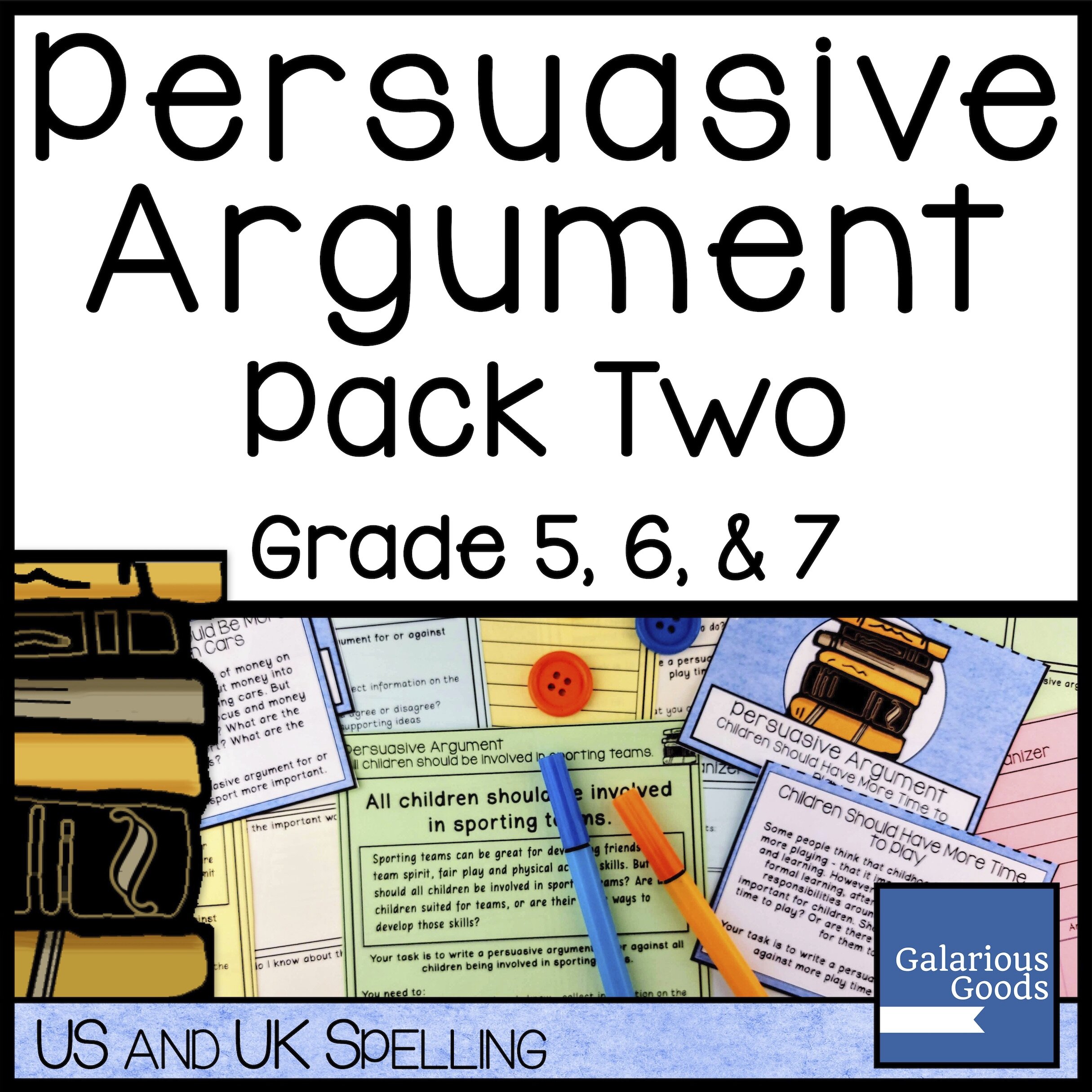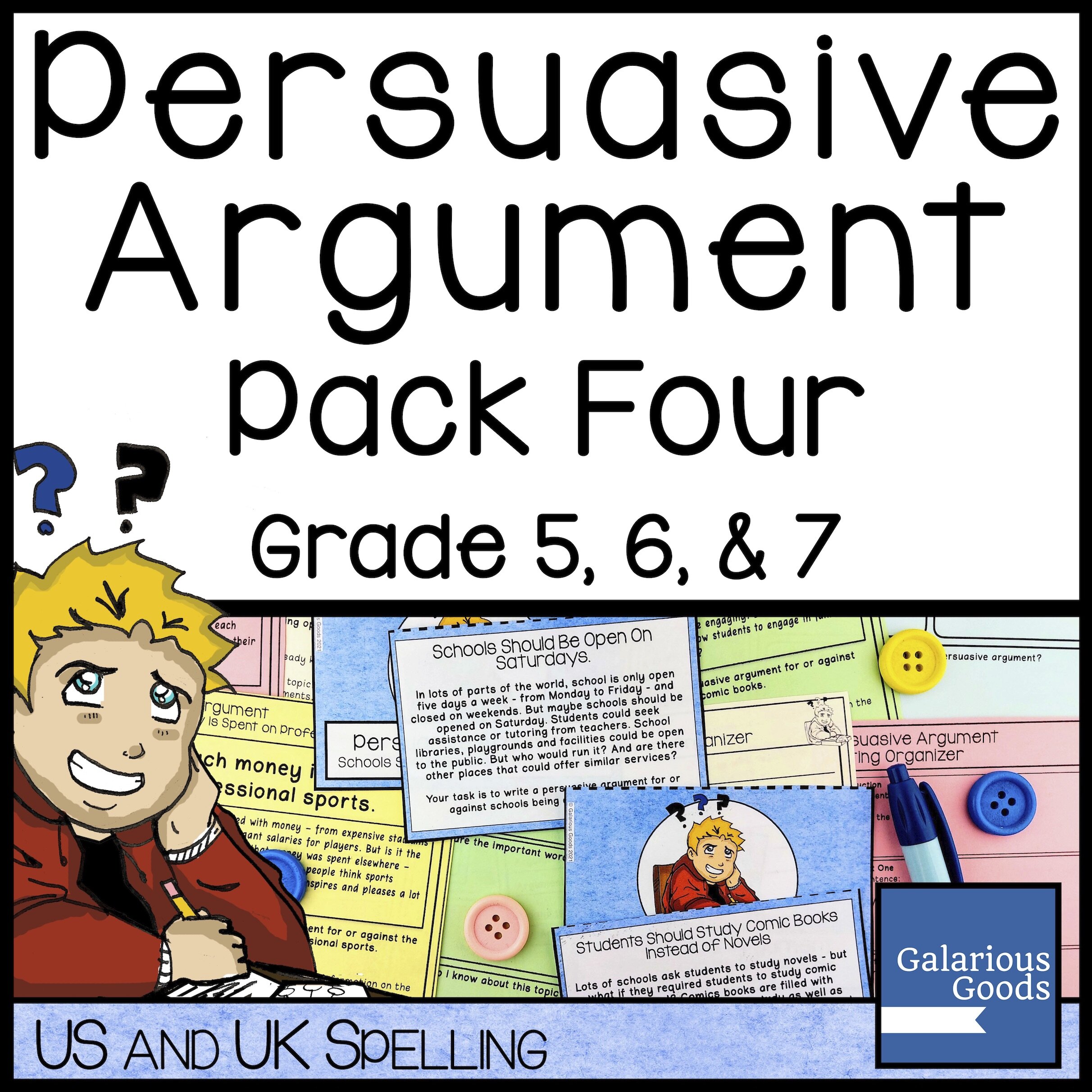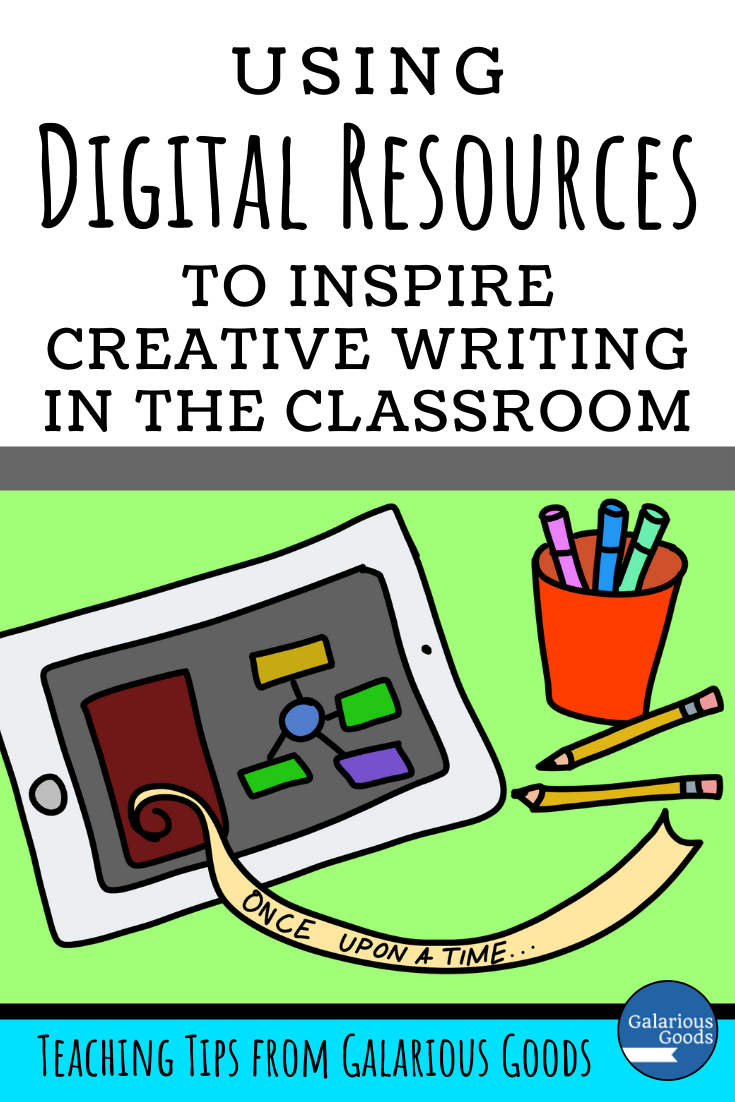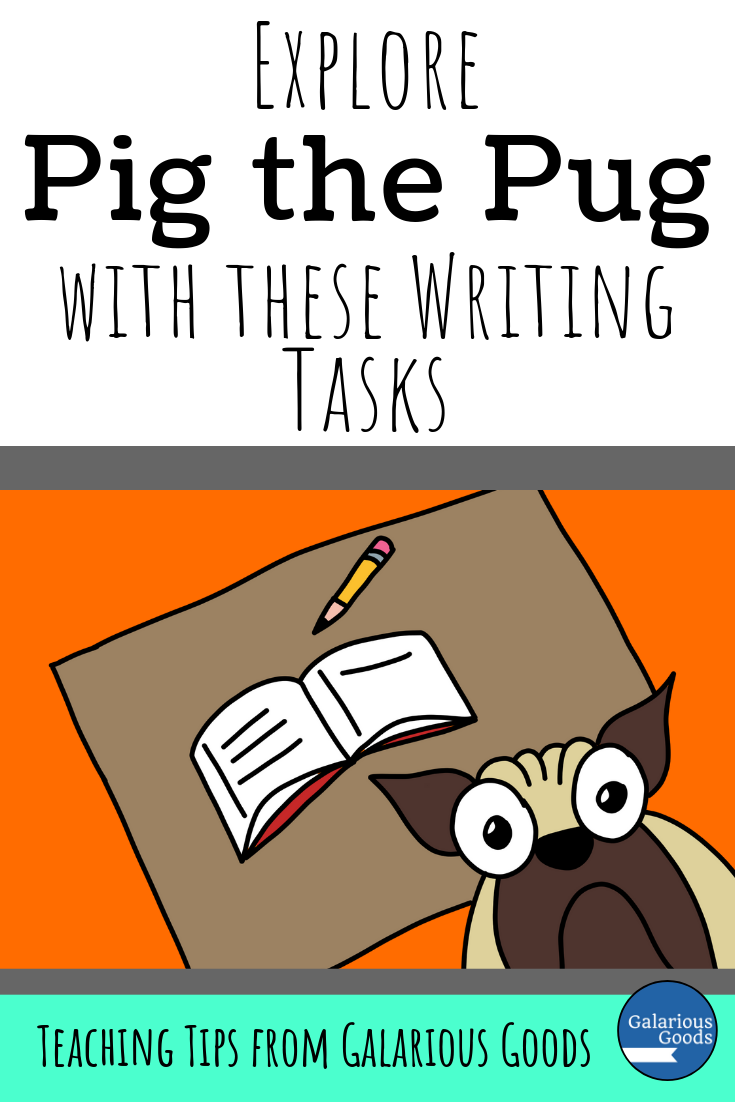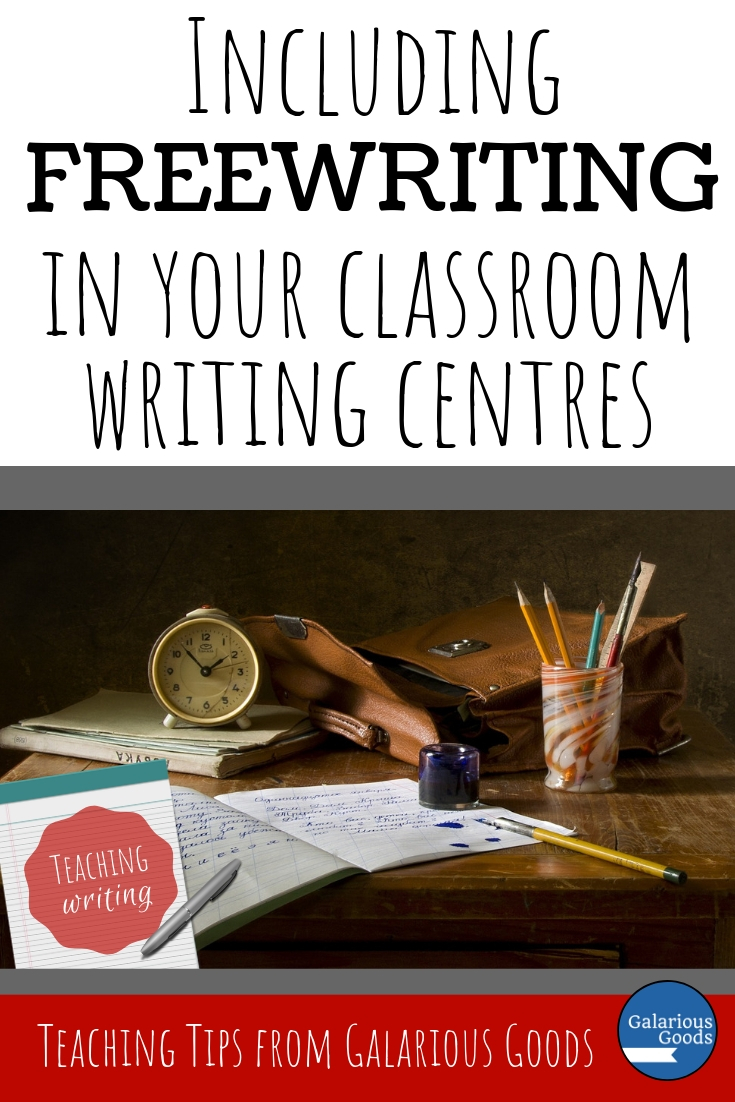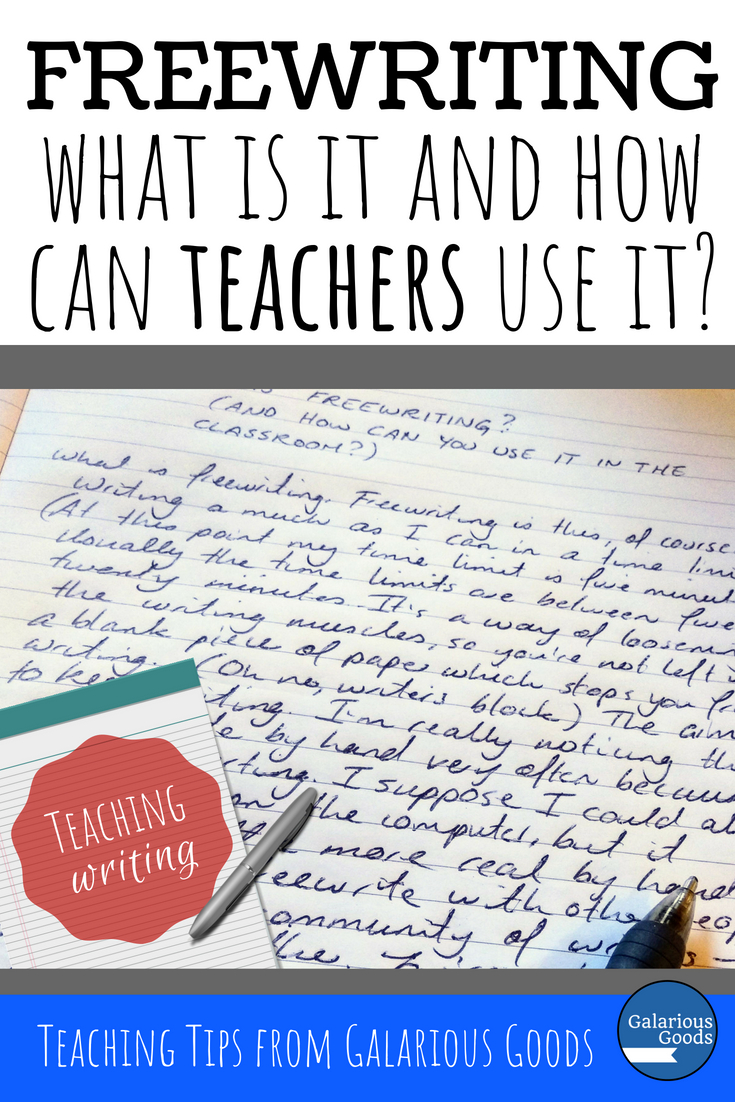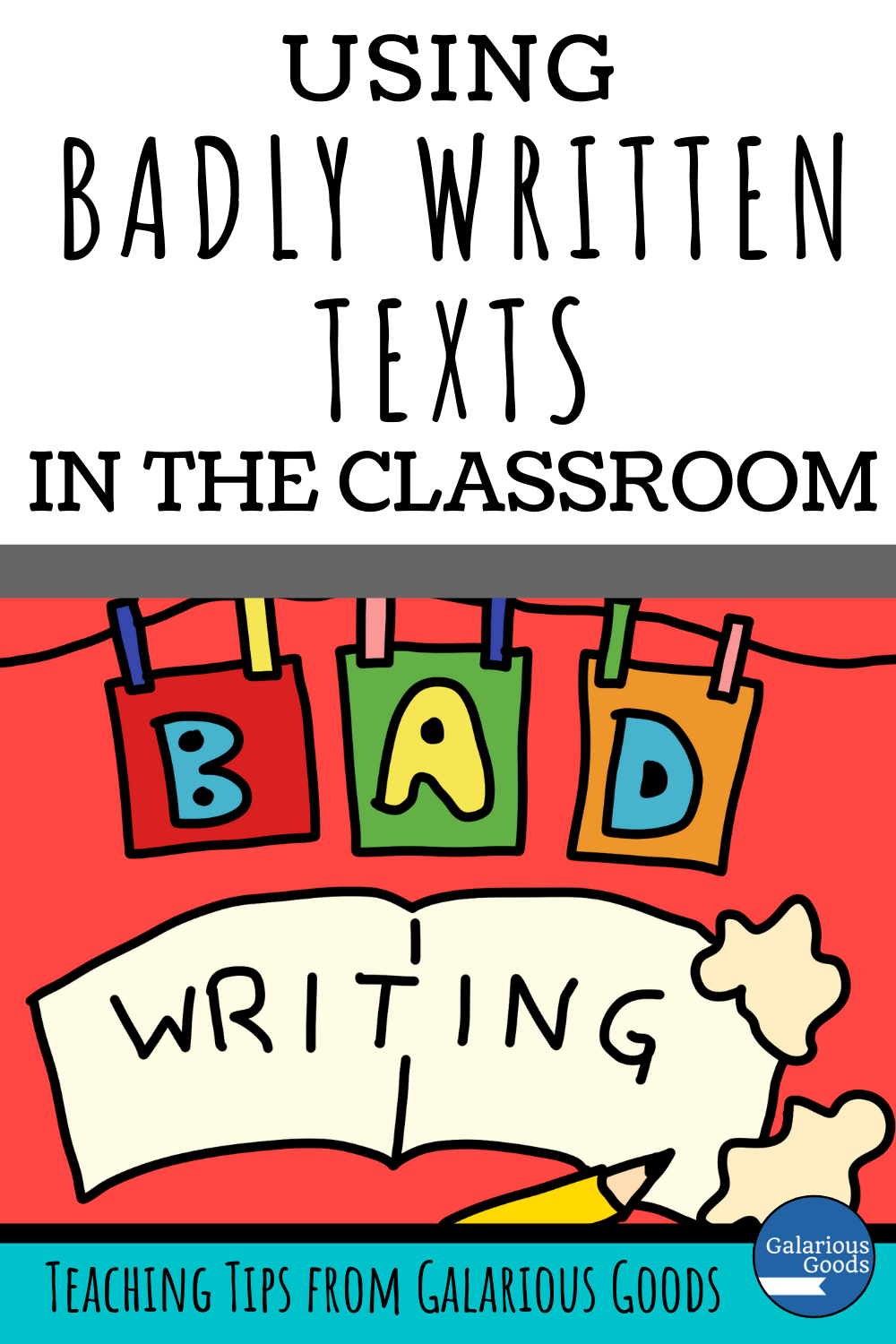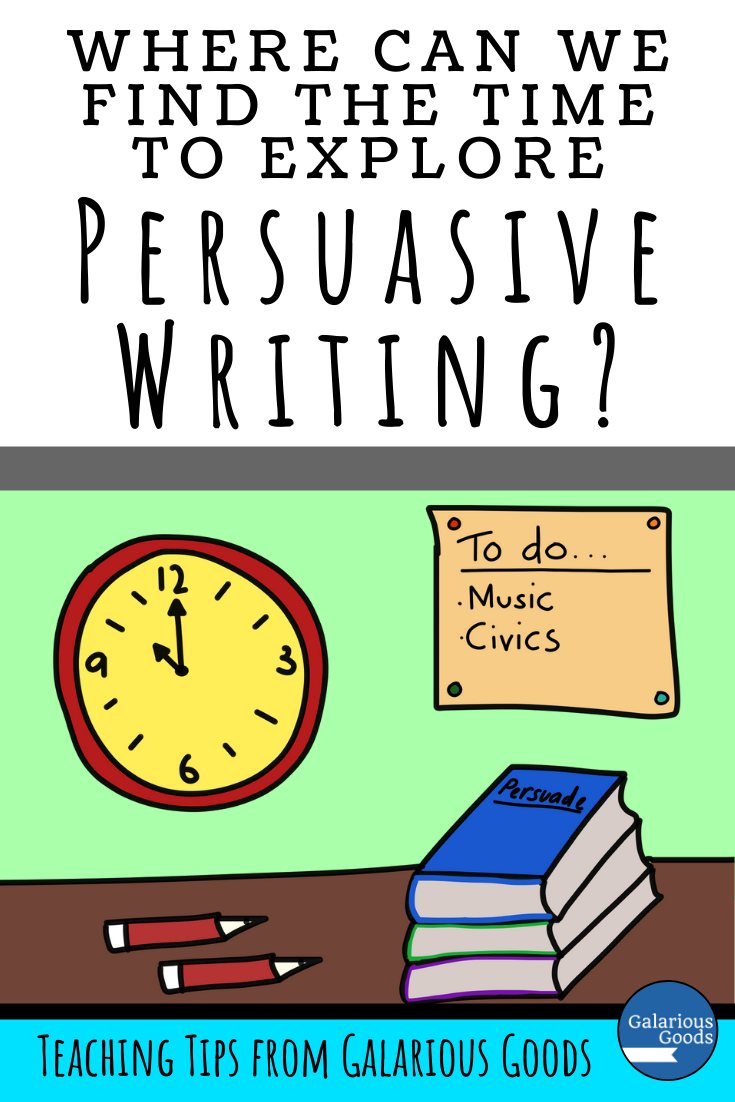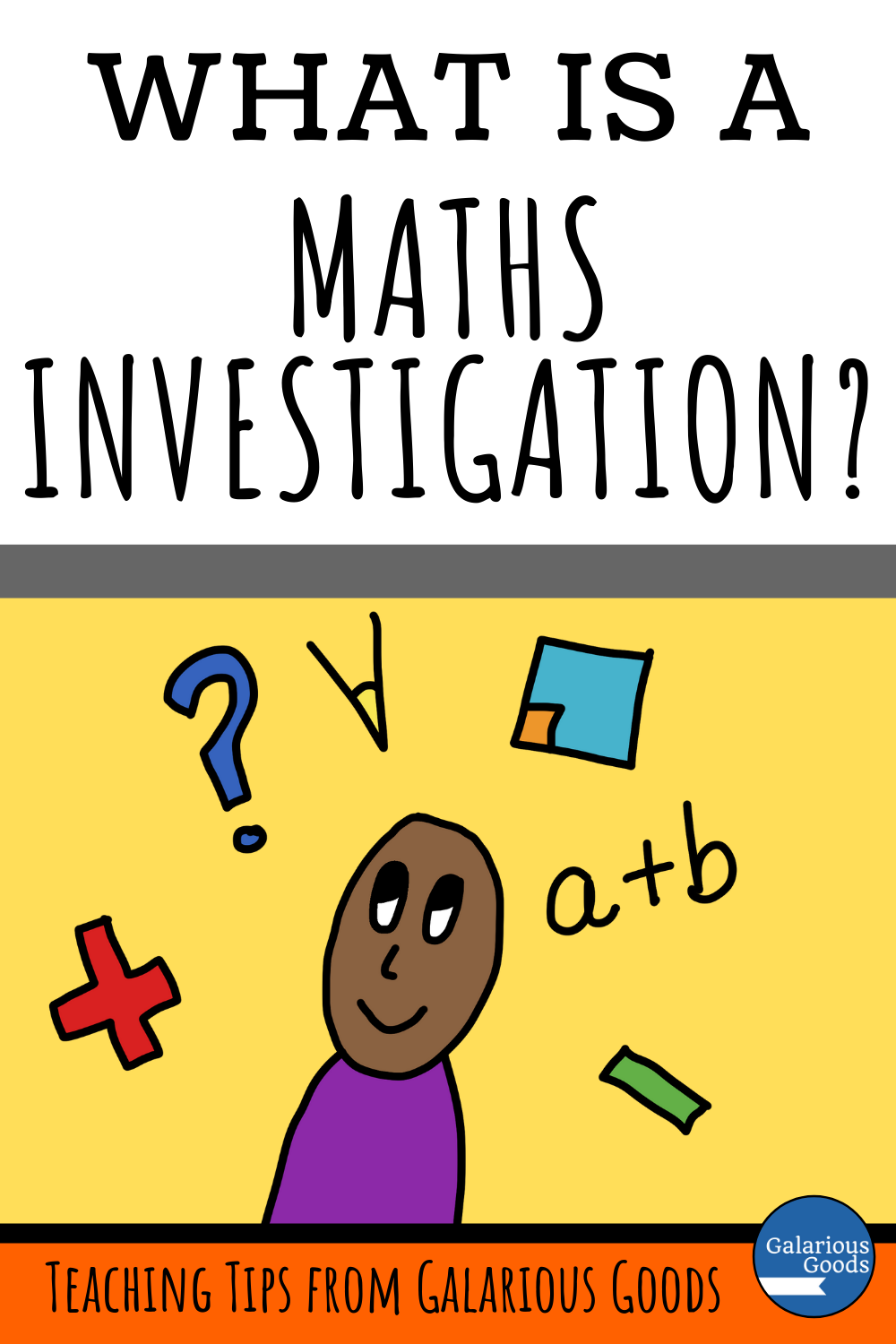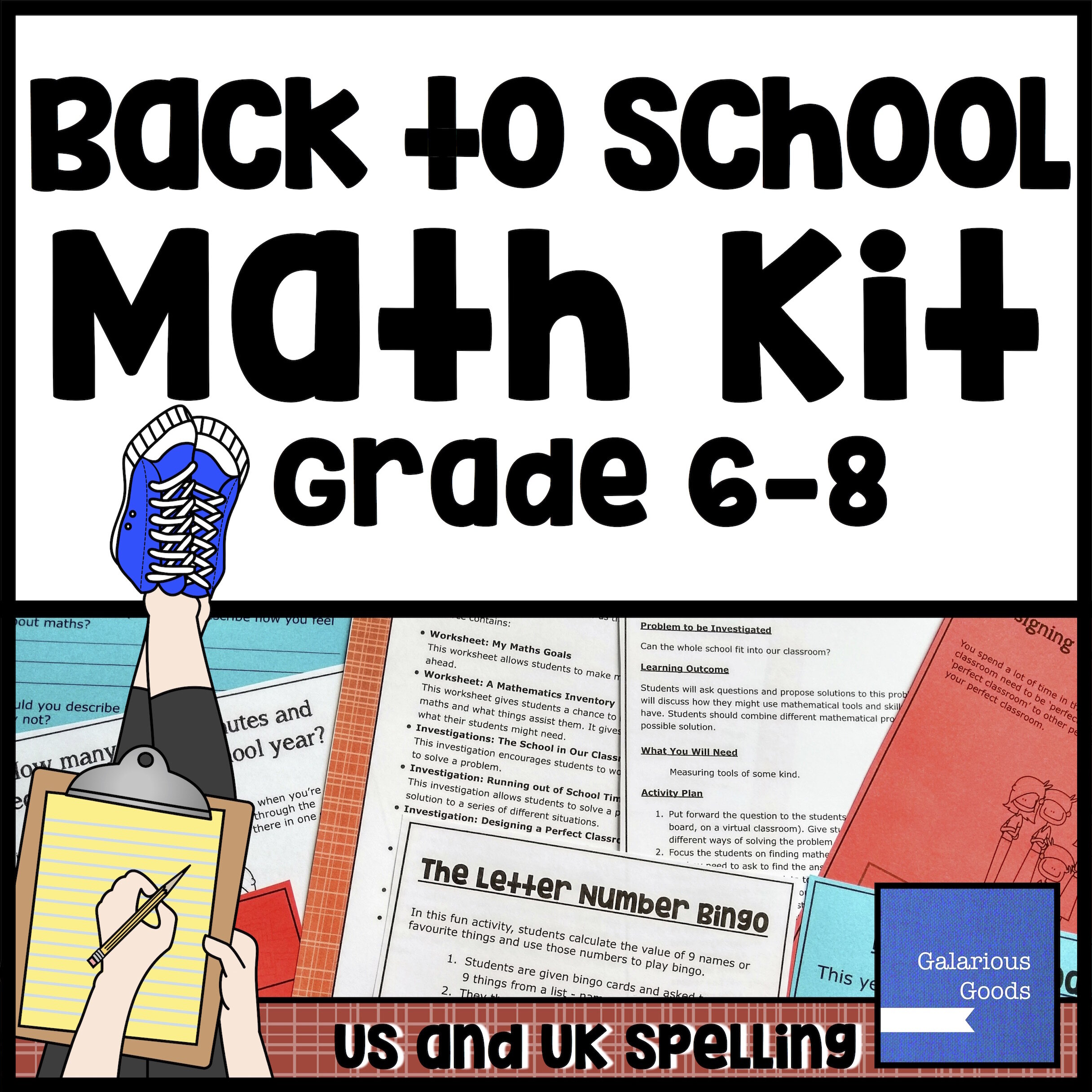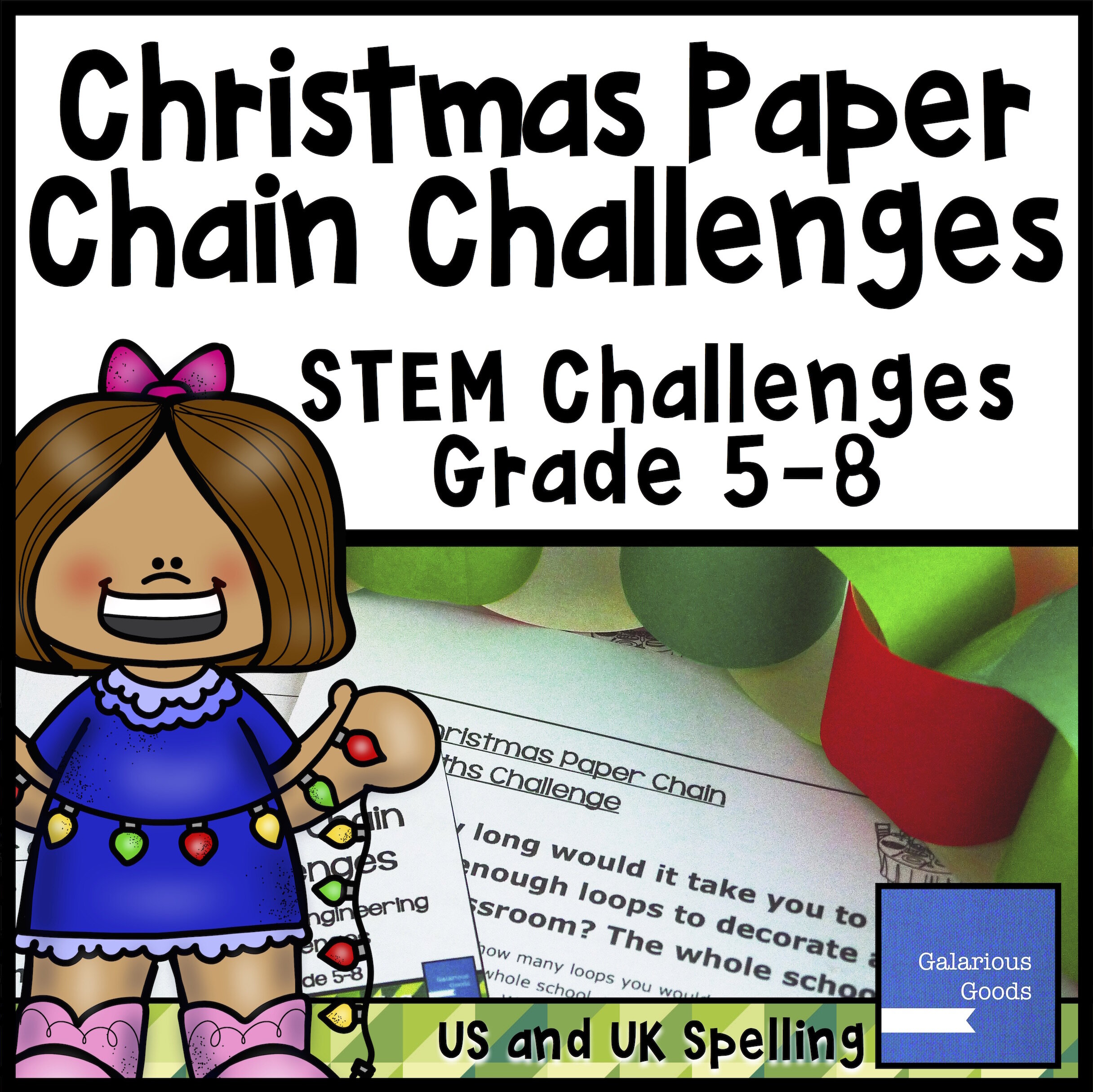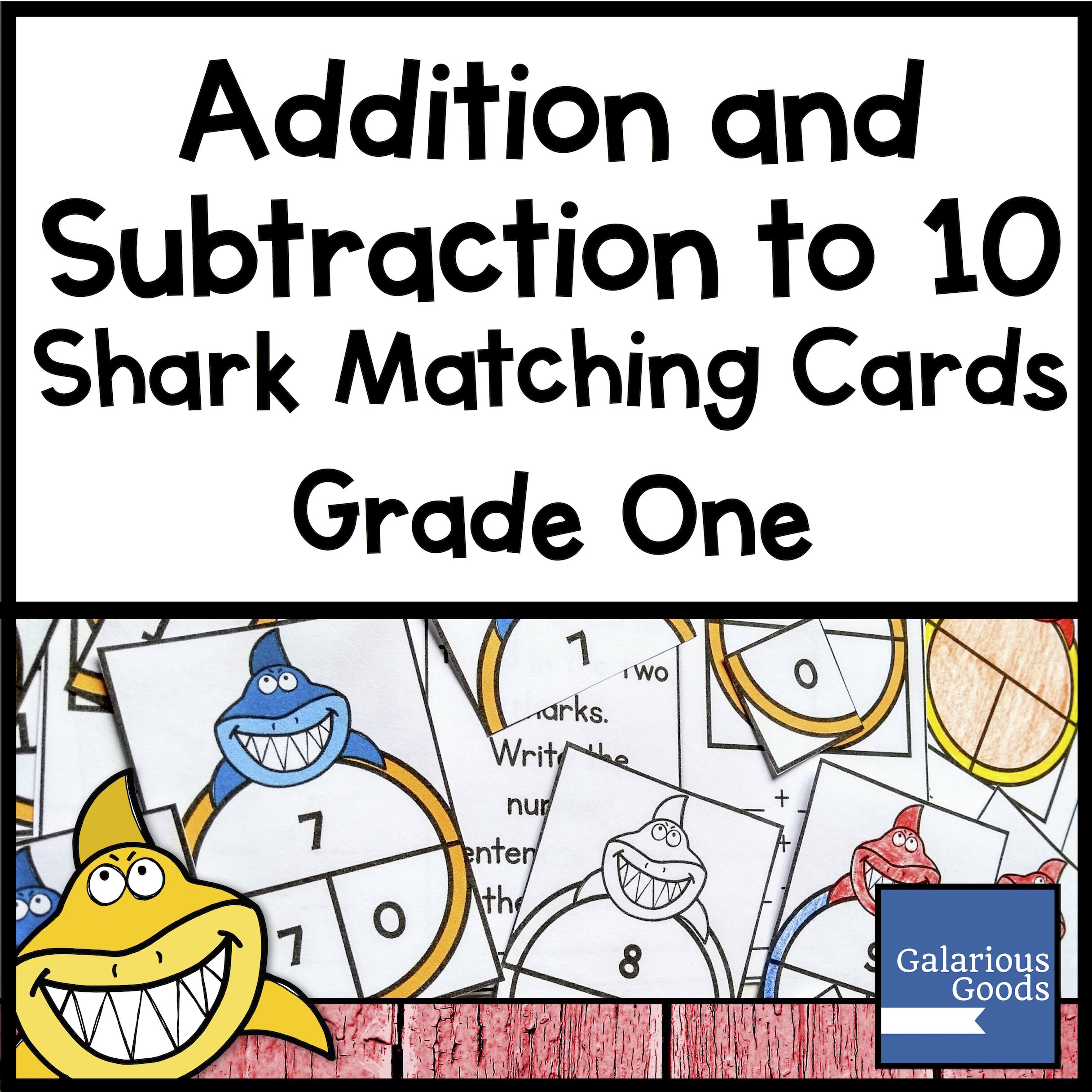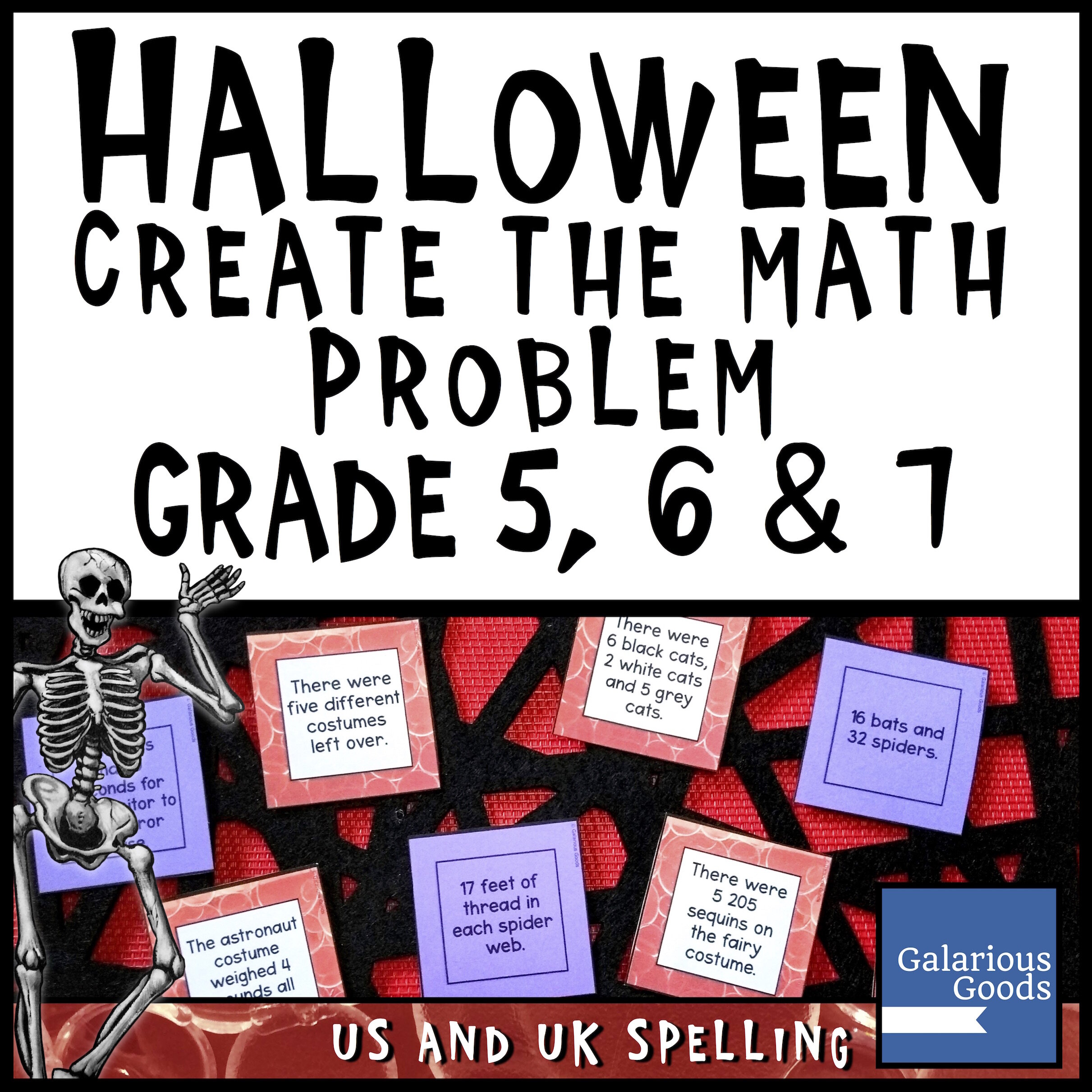Where Do We Find Persuasive Writing?
/Understanding persuasive writing is a key skill for students - whether they're reading it or writing it. But where, in the real world, are they likely to come across it?
Advertising
The most common place we see persuasive writing is in advertising. Sometimes it's the short text of a television advertisement, telling us how much better our lives will be if we buy a particular product. Other times it might be the lengthier 'advertorials' - ads disguised as article - in newspapers or magazines.
Most advertisements focus on one side of the story only. They often don't acknowledge similar products and they only talk up the positives. They have a very strong agenda - to convince customers to buy their product.
Students can create a collection of advertisements or can create a list of some of the words which work to persuade shoppers to buy their product. These words can be turned into a word wall and displayed in the classroom and students can explore different ways they can use these words in their own writing.
Political Speeches
Like advertising, political speeches are selling something. However, instead of selling a product, they're selling a politician or political party or a policy they want people to approve of. Political speeches might acknowledge different points of view, but they will usually work to explain why their point of view is the best. Some political speeches will be followed by questions or a press conference - politicians end up constantly speaking in persuasive language.
Students might like to explore opposing speeches on the same topic and look at some of the similar language used in different speeches. They could also look at examples where politicians describe themselves, their political party or their opposition. What language is used then? How can that language be used in persuasive arguments about different topics?
Opinion Pieces
Traditionally opinion pieces were published in a paper form. In the past they might be as published leaflets or as letters to the editor. Newspapers often devoted particular spaces to commentary writers who would use their writing to express certain points of view.
These days, a lot of opinion writing happens on blogs. Everyone is able to share their opinions through the internet, and a lot of people use that to create persuasive arguments about things they're passionate about - like politics, educational theory, best sports team or why someone should read a particular book.
This is another area where students can collect persuasive language. They can also explore different examples of writing to look at which work the best and try rewriting some of the pieces to make them more persuasive.

